The launch of OE Patients Podcast brings to life the new Voices of Experience section on our website, where we’ll share conversations, interviews and profiles.
Full Playlist:
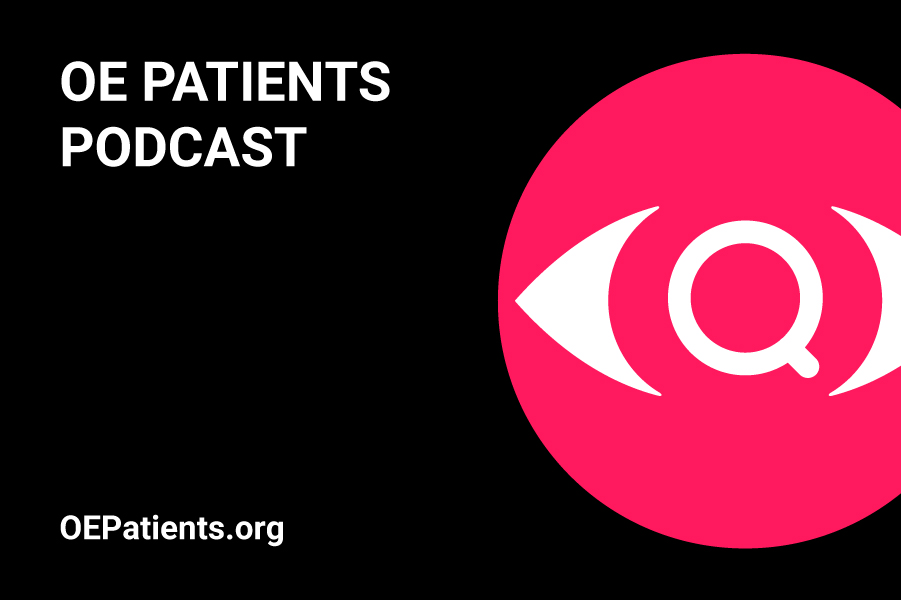
The launch of OE Patients Podcast brings to life the new Voices of Experience section on our website, where we’ll share conversations, interviews and profiles.
Full Playlist:
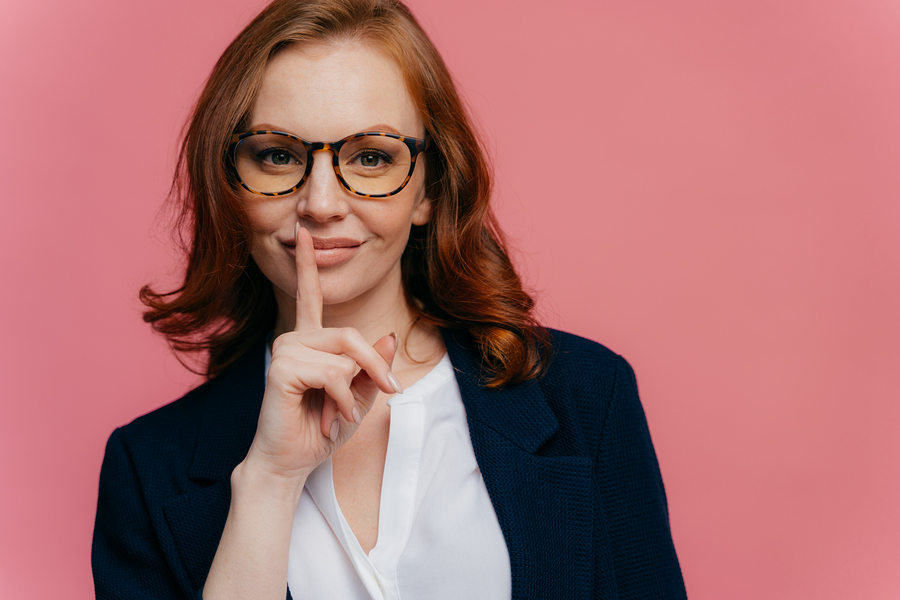
We all make excuses, it’s human nature. In the case of vision loss, it is often an attempt to defend or justify a lack of action. For a time it serves a purpose, keeping us from becoming even more uncomfortable than we already are, or so we think.
Implementing small changes, in place of excuses, will deliver significant benefits. So, why not, every now and then, get your excuses in check. No need to induce a guilt trip, instead think of it as a strengthening exercise. There are great rewards awaiting you, right outside your comfort zone. In time, you will surely feel the gain totally outweighs the pain.
Here are some examples you may, or may not, recognize.
Although there may be no medical treatment for your vision loss, regular dilated eye exams are key to preserving the vision you have and your best bet for early detection of secondary issues. Be An Informed Patient and ask the doctor to explain their statements clearly. You should also ask your physician for a referral to a low vision specialist and vision rehab services, which can help you maximize remaining vision and compensate for the loss.
The joy of reading is usually connected to the content, getting involved in the story. It takes a bit of effort, but many people are able to adjust to audiobook and continue consuming literature. It certainly couldn’t hurt to try holding a book while listening to the audio. Or hold a Fire tablet and say, “Alexa, Read My Book.”
More people say this than not, but you don’t have to be “good” with technology to use some of it. Using a smartphone app that reads text, or using dictation instead of typing, does not require aptitude, it just requires some practice.
This is again, a matter of adjusting. For example, if you couldn’t read your favorite news everyday, would you prefer to totally give it up or adjust over to a voice reading to you? Just like audiobooks it takes some getting used to. There are also many voice options, so if you don’t like one, switch to another.
Here is a good example of how small changes can keep you in the game or on the job. Microsoft Windows supports an inclusive workplace with settings that customize your screen. Make a friend in IT and begin making adjustments including: large text, custom colors, use of Magnifier or Narrator, and more.
This is fairly common and can be translated to “I don’t want a cane.” Sometimes a fall precipitates a change of perspective about the long white cane, but whatever gets you there, many who cross over have no regrets. It restores a sense of confidence.
If you have any experience you’d like to share or advice about excuse breaking…send us a note.
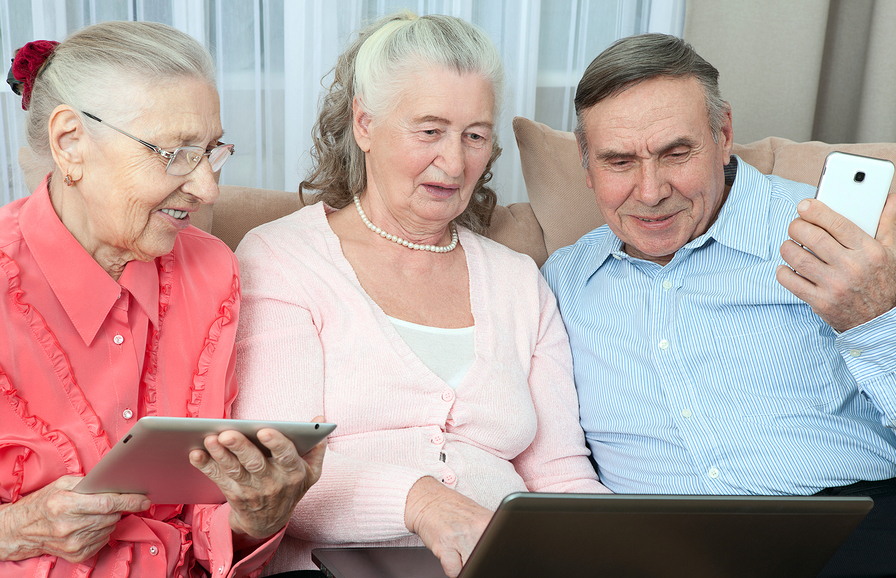
With a nod to Healthy Aging Month, the American Academy of Ophthalmology (AAO) published a series of tips for living better with low vision. They point out that the number of older Americans with low vision will likely double by 2050. The leading causes of low vision, a visual impairment that cannot be corrected by lenses or medical treatment, are age-related macular degeneration, diabetic eye disease, glaucoma and inherited retinal diseases. To add insult to injury, most people with declining vision believe that nothing can be done to help them.
We are pleased to stand in agreement with AAO’s recommendations for maintaining a productive and independent life in the face of vision loss. Subscribers to OEPatients.org are ahead of the curve and already aware and implementing the small changes that keep them actively engaged. Let’s walk together through an overview of how their tips concur with our content.
Utilize contrasting colors throughout the home to improve clarity in table settings, kitchen tools and surfaces, furnishings, door frames and steps.
OE: Nate’s Low Vision Makeover
OE: Adjusting Your Home For Vision Loss
Add lighting to hallways and staircases, task lighting in the kitchen and work places.
OE: Don’t Take The Fall, Prevent It
OE: Home Safety & Light Checkup
Essential to safety and sanity, keep things in their appropriate places and don’t be a collector.
OE: Low Vision Awareness: Time To Get Organized
OE: Spring Cleaning Gives More Than It Takes

Audiobooks and voice assistants like Alexa & Google are enormously helpful and easy to adopt.
OE: Get Back The Joy Of Reading With NLS
OE: Event Recap: Siri, Google & Alexa
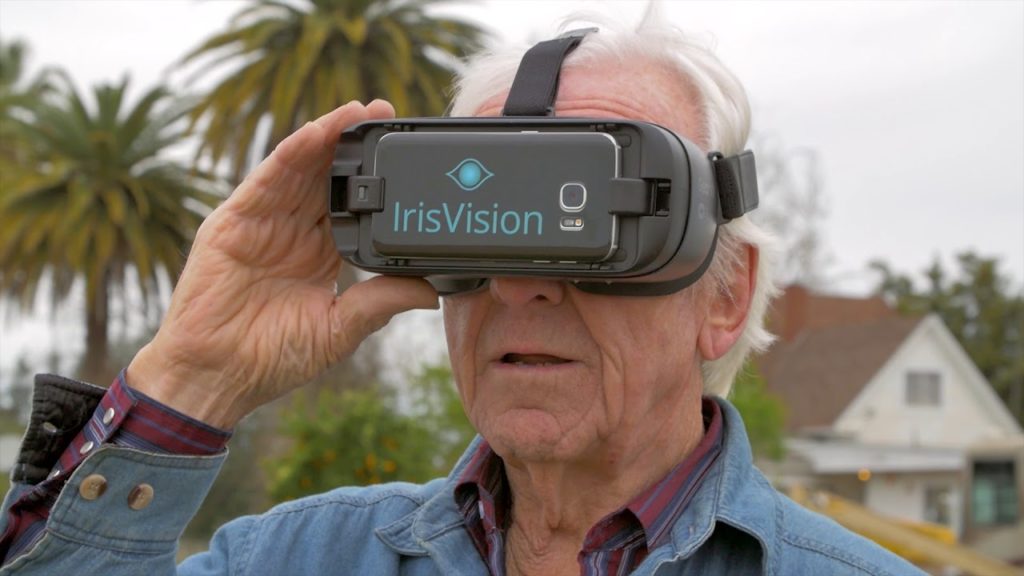
The doctors can help patients maximize remaining vision.
OE: Event Recap: Electronic Glasses
Often this suggestion comes as a last resort for patients with advanced vision loss. It usually requires legal blindness to qualify for vision rehabilitation services, but it is most effective when included early in the process. Making incremental changes at every stage helps to dramatically ease the adjustment. Attempting to recover once the vision loss is severe, is far more difficult.
AAO: Low Vision Rehabilitation Services
Read the AAO News Release that inspired our post:
More Older Americans Will Suffer From Low Vision,Here’s How to Make Life Easier and Safer


OE’s September Accessibility Session at MEETH was lively. Attendance was excellent and our audience was actively engaged, even in the midst of a change of rooms, technical difficulties, and a fire alarm, thankfully false. The podcast that would have been created from the recording of this event, did not work out exactly as originally planned, but that will be redone soon, in a quieter setting, and available for all to enjoy.
The voice assistants, Siri, Google & Alexa, are powered by Artificial Intelligence, technology that mimics cognitive human function, such as learning, planning and problem solving. It comes as no surprise that this technology is being adopted at a rapid rate by everyone, especially people with vision loss. It makes life a little easier and a little more interesting. The voice interaction eliminates the stress of reading with low vision. A myriad of tasks are there for the asking. To get their attention just say, “Hey Siri,” “Okay Google,” or “Alexa.”
We access our digital assistants on smart speakers, mobile devices and computers. In fact, it is possible to call upon all 3 assistants from 1 iPhone. Both Alexa and Google Assistant are available for iOS, however there is no Siri for Android. You may be partial to one or another, and you may think your assistant is the smartest, or not. While they are quite comparable in ability and intelligence, when put to the test, Google is numero uno, followed by Alexa, then Siri. But they’d all be the first to tell you, they’re still learning.
Although it feels as if we’ve known them forever, Siri, Alexa and Google were all introduced within this decade. Siri was launched as an app in 2010, and acquired shortly after by Apple. Amazon Echo & Alexa came to life in 2014, creating the first smart speaker for home. Google got in the game in 2016 delivering Google Home & Google Assistant, serious competition to Amazon. And Siri’s high end Home Pod just joined the group in 2018.
You can always just ask, Siri, Google or Alexa, “What can you do?” However, there are no complete answers because the list goes on and on and on.
Keeping Time
Checking Weather
Dictionary
Math Calculations
Get the News
Radio
Podcasts
Stock Quotes
Music
Sports Updates
Shopping
And More…
The question is can these technologies be trusted to protect or respect your privacy? The answer is probably not. When you agree, and we all do, to their privacy policies, because you want to use their technology, you are basically agreeing to give them access to your personal information. We’re not talking about your social security number, financial information, or the skeletons in your family closet; we’re talking about the questions you ask and the searches you request. This is information that is recorded and may be used to market products to you or to improve the responses you receive. It’s hard to say definitively how much they have on you. The invasions of your privacy can be limited, and that responsibility falls on you. So if this is concerning, read the policies you are agreeing to to and limit your exposure where possible.
Apple’s privacy policy is the most customer centric, Google’s the least. Basically, Google takes liberties with their policy, but they also provide privacy controls that give you choices about how they use your information. We discovered, for example, you can delete your voice recording in the Alexa app, or simply say, “Alexa, delete everything I said today.” It’s important to review your app settings and opt in or out as you deem appropriate.
All the assistants have technical support available by phone, they can help you better understand the policies and get the settings updated. Here are the phone numbers to call, followed by a few links to interesting policy references.
You can finally delete (most of) your Amazon Echo transcripts. Here’s how
Hi Alexa, How Do I Stop You From Listening In On Me?
Apparently, Apple Was Listening To Some Siri Recordings — But It Has A New Privacy Policy
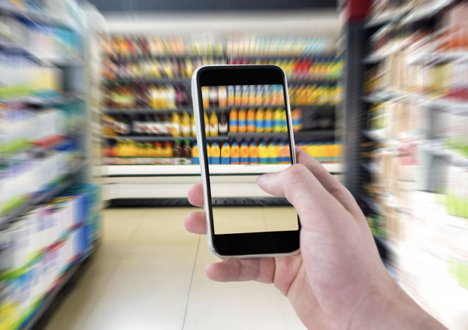
The free tier of service described in this post ended in August 2020, for updated article on Aira services, go to Aira is Remote Visual Assistance.
Independence is a prideful thing, asking for help is not always easy. Getting help, when you need it, is also a challenge. It can be a recurring conundrum for people with vision loss. In a move, that might nicely serve this need, Aira recently announced the addition of a new free tier of service. All calls to Aira agents under 5 minutes are free. Aira is a service that connects people with low vision or blindness to specially trained agents in the USA, Canada, Australia and New Zealand. You’re not bothering them, they want you to call, it’s what they do. They offer another pair of eyes, when you need them.
The announcement came to me in a text message as I was preparing dinner a few weeks ago. It said, “Big Aira news: short calls with Aira agents are now free, every day. Great for quick 5 minute tasks around the house, try it now!” So I did. It just so happened, I was wondering if my oven temperature was set correctly, one of those tasks only a better eye than mine can determine. The agent answered immediately and greeted me by name. She asked that I move the phone camera slightly to the left, and then right, before confirming the settings were accurate. I’ve also called upon Aira for help in the supermarket to read product packaging and Use or Sell By dates. When I couldn’t find an address in an unfamiliar location, a quick call to an agent helped me get right to the door.

Access to Aira’s free services requires an app. Create an account and sign in as a Guest. The app will tell you what Aira Access Location are in your vicinity. In Access Locations, which include Bank of America, Walgreens, AT&T, select airports (read Aira At The Airport) and transit systems, like all of Boston’s MBTA railroad, subway and bus stops, the service is paid for by the location and you enjoy guest access for free. If you already have an Aira account, you’re good to go, just make sure you have the latest version of the app.
For calls that require more than 5 minutes you can upgrade to a monthly plan, starting at $29 for 30 minutes, to $199 for 300 minutes. There are no contracts and plans can be increased as needed. Service can be upgraded in the app or with a free call to an agent. Paying members, called ‘Explorers,’ still get the first 5 minutes of every call free.
You may find great value in a plan that enables you to take a guided stroll through a museum, rediscover your neighborhood restaurants and shops, or get help navigating an airport that is not yet a free access location. The possibilities are endless.
The Aira service is not limited to smartphone users, it can also be accessed by Explorers using smart glasses. This is an option some smartphone users may also prefer, as it allows relatively hands free access. For more information on Aira with smart glasses speak to an agent or call 800-835-1934.
To sponsor more free service and expand inclusivity, Aira needs to build their Guest Access Network. The most significant impact comes from businesses with many locations. If you know of a someone with interest in making Aira’s services available to their customers, send that information to: [email protected].
Website: Aira.io
Phone: 800-835-1934
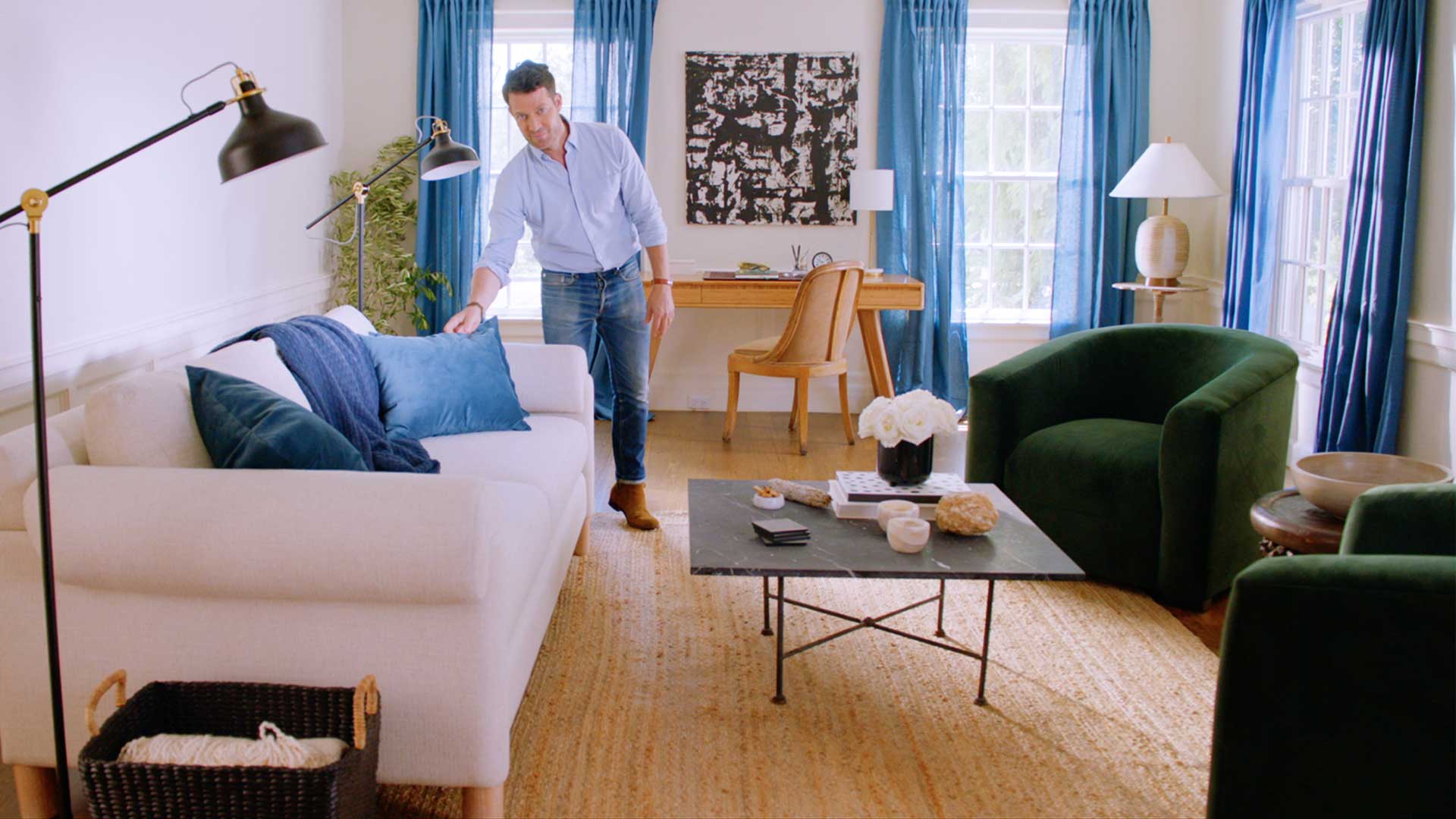
Nate Berkus is looking at home design through the prism of low vision and we are delighted to receive his expert advice. He knows color contrast and he knows lighting. He knows how progressive vision loss can make it difficult to see the details in your own living space. He understands this because his grandmother had macular degeneration.
The celebrity interior designer and author, launched My Home In Sight to empower people living with wet AMD, in collaboration with Novartis and patient advocacy groups. The program information is by no means limited to such a specific audience and offers benefit to a much broader scope of low vision patients.
The program highlights 5 key principles that can help create a home environment that is not just easier on the eyes, but also safer and more comfortable. Nate reminds us how important it is to love our home, and making it more accessible for vision loss does not require sacrificing style.
“My Home In Sight kit” includes inspiring ideas for your home focused on:
It’s all about making adjustments and many of these suggestions have been offered on OE before, but even we must admit, there is something about Nate that makes these ideas irresistible!
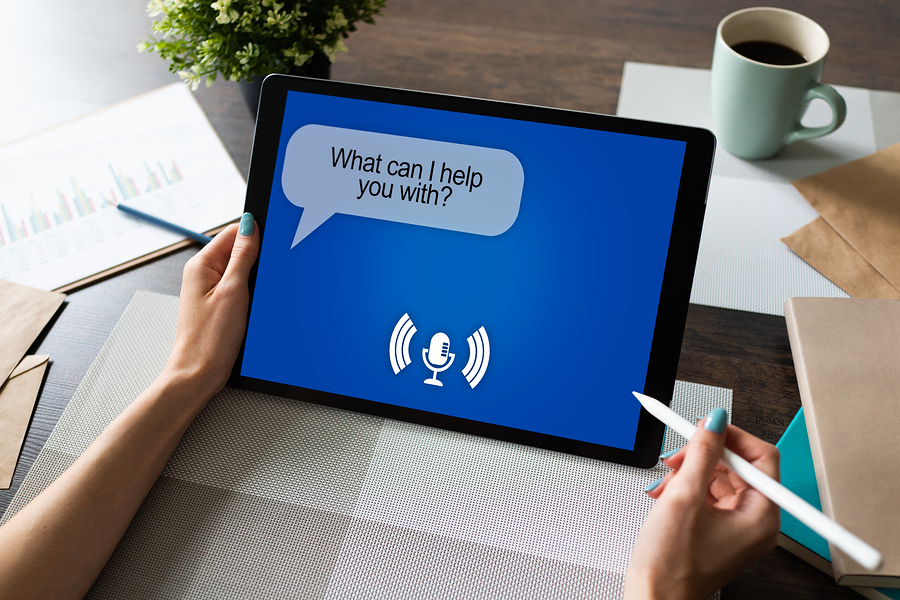
Join Us September 12, 2019 At MEETH
Voice assistants are extremely popular and very useful. Let’s put them to the test and discover what they do best!
Please RSVP for this as seating is limited.
[easy_media_download url=”mailto:[email protected]?Subject=RSVP for Sept 12″ target=”_blank” class=”directpdf” text=”RSVP Now”]
The session is led by:
Dorrie Rush
Chief Content Officer
OEPatients.org

WHEN
Thursday, September 12, 2019
3 to 4 pm
WHERE
Manhattan Eye, Ear & Throat Hospital
The Blue Room, 2nd Floor
210 East 64 Street
(between Third and Second Ave.)
New York, NY 10065
WAYS TO RSVP
Phone: (212) 702-7760
Email: [email protected]
Online: meethaccessibility.eventbrite.com
Event Flyer
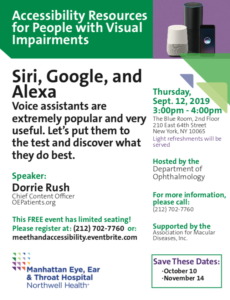
[easy_media_download url=”https://oepatientsbu.xyz/2025/wp-content/uploads/2019/07/Accessibility-Info_session-Sep_12_2019-v1.pdf” target=”_blank” class=”directpdf” text=”Download PDF”]
Accessibility Resources for People With Visual Impairments Series
Presented by OE Patients
Hosted by the Department of Ophthalmology
Supported by Association for Macular Diseases, Inc.
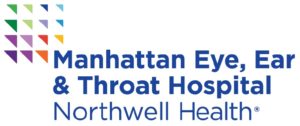
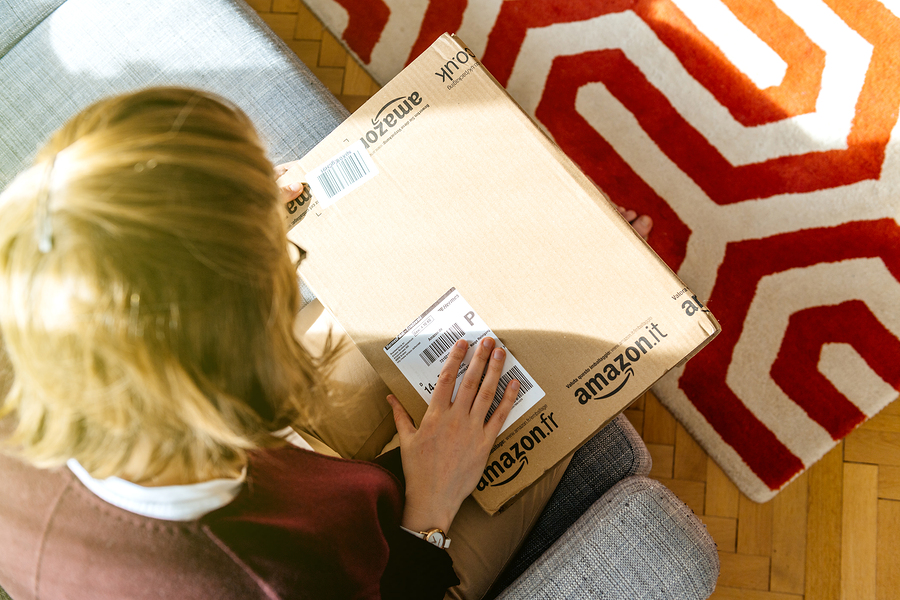
Like everything about Amazon, its commitment to accessibility is big. Because there is so much to know, we decided to make it the subject of this Accessibility Resource session for people with vision loss. You may be familiar with font and screen settings for Kindle, or voice assistance from Alexa; but did you know about Accessibility Support for shopping, or the VoiceView screen reader in Kindle’s and Fire tablets. And there’s more.
Here is a rundown of vision accessibility options available in Amazon’s products and services.

Amazon recommends its mobile site for improved access visually or with screen readers. Optimized for mobile devices, this site offers a much cleaner, less cluttered interface which simplifies navigation. They also added an Accessibility Support Phone for retail, a personal shopper will help you find the products you want and put them in your cart, then you just have to click to place your order. You can also ask Alexa to find products or reorder items.
The streaming media player connects your TV to the internet and allow you to access channels and apps. Ask Alexa to turn on the TV, dim the lights, and play “Stranger Things.”
More at: All New Fire TV
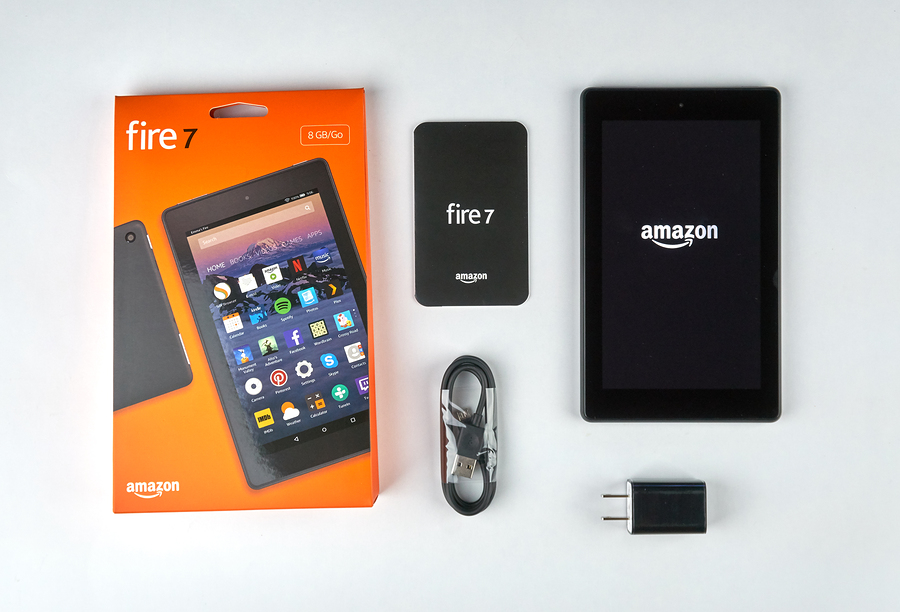
More at: All New Tablets
More at: All New Kindles

More about: What Alexa Can Do
More on Amazon at: Amazon Accessibility
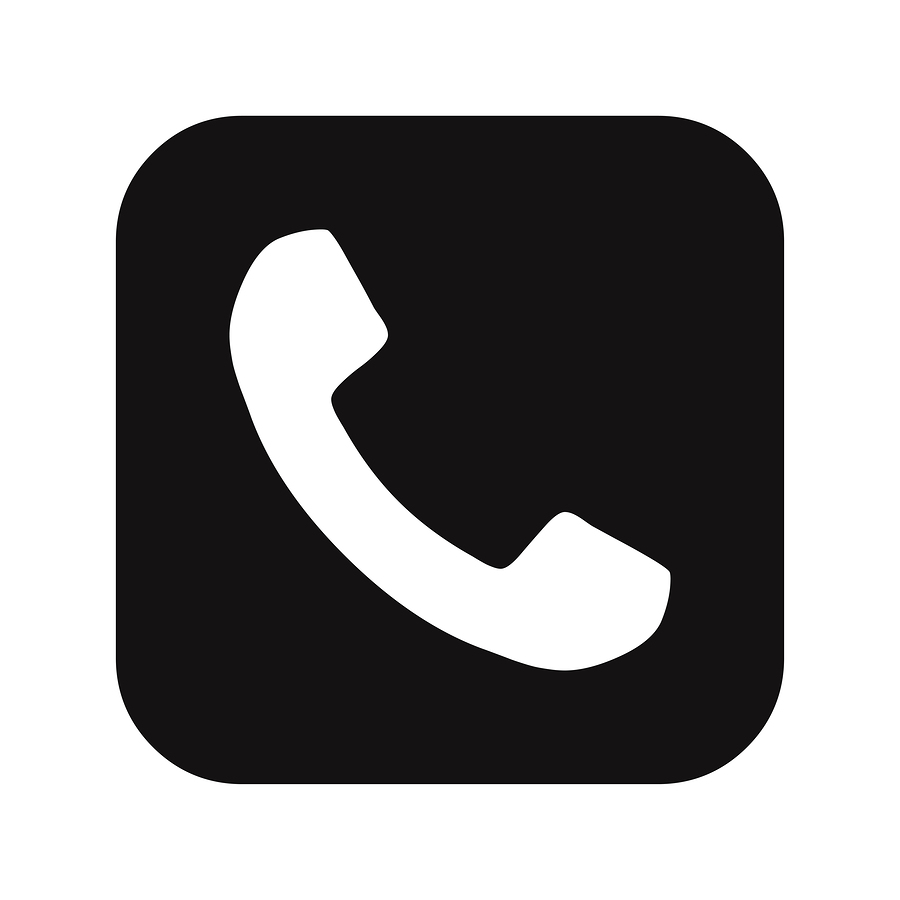
Customer service and technical support are very good and the new Accessibility Support (primarily for retail purchases) will connect to any other specialists you may need to access. All are well versed in accessibility features for specific devices.
Accessibility / Personal Shopper: 888-283-1678
Alexa: 877-375-9365
Kindle & Fire: 866-321-8851
Amazon takes a new physical form, at their store in NYC, they will set up your device with an emphasis on accessibility and show you how to use it.
Amazon Books
7 West 34 Street (across from Empire State Building)
New York City 10001
Phone: 212-695-8704
More at: Amazon Store NYC

We learn so much from each other about living with vision loss, and that is why we dedicated this Accessibility Resource session to sharing our best finds. If you are the recipient of good advice you never forget where it came from or how it impacted your life, and it should always be paid forward. Our audience enthusiastically shared their best tips, and we are delighted to pass them along.
Free and easy access to audiobooks from the National Library Service, for moving from the visual reading of print books to the equally satisfying experience of audiobooks.
On OE: Get Back The Joy Of Reading With NLS
A huge library of accessible ebooks, including textbooks, newspapers and magazines, which can be read on a variety of devices including smartphones and tablets. Membership for qualifying users is $50 a year, U.S. students join fee-free.
More at bookshare.org
At most theater and concert venues seats are available in first few rows for people with visual impairments.
On OE: VIP Seating Is There For You
If you find it difficult to be open about your visual impairment or low vision, the white cane can do the talking. It informs people around you that you have vision loss, and it lets you know what lies ahead, helping restore your sense of confidence and independence.
On OE: Consider The Long White Cane
It is natural, normal and okay to deal with vision loss on your own terms, in your own time, at your own speed.
Ask a person to read a sign, push an elevator button, tell you if you’re heading in the right direction. You’ll get surprisingly, and overwhelmingly, positive results.
The process of switching from visual to audible access is not so easy at first, but anyone who has done it will tell you the screen reader in iPhone will open up a whole new world. Don’t let the challenges of a learning curve deter you. Stay the course, it’s totally worth the work!
On OE: Let iPhone’s VoiceOver Do The Reading
So much is available in the accessibility settings in all Apple devices. They make a real difference for visually impaired and blind users. Explore on your iOS device Settings> General> Accessibility, or on your Mac, click on the apple in the upper left corner, go to System Preferences, then open Accessibility. And you can always call Apple Accessibility at 877-204-3930.
Keep on exploring new places near and far. Use Google Maps and Blind Square for help with navigation and location information. The apps tell you how to get where you want to go, where you are and what’s around you.
More at blindsquare.com
Vision rehab prepares you to continue to do what you need to do armed with new skills. The white cane was again credited with speaking on your behalf. And the wearing of bright colors was also recommended to help you stand out.
More about this on AOA.org
We were asked to review our advice for Uber and Lyft.
Here it is: Your Driver Has Arrived
This is a service that arranges an Uber or Lyft by phone for a small added fee.
On OE: GoGo Grandparent Gets An Uber Without An App
Converts text to speech by photographing a printed page and reading the text aloud.
On OE: App Rapidly Turns Text To Speech
App developed by Microsoft that reads text instantly when phone is pointed at it. Reads documents, identifies currency and color, describes senes and faces.
On OE: Seeing AI Is A Gift From Microsoft
Many thanks to all who contributed their very good advice. If you have a tip to share…please let us know.

Change is notoriously difficult, especially when it is unwelcome. Adjusting the way we do things to compensate for vision loss requires — flexibility. A willingness to change is the gift that keeps giving. The more you do, the more skillful you become. With each new learning experience the brain gets a boost, and your confidence gets a bump too.
Uncorrectable changes in eyesight can make some things seem like they are just impossible to deal with. Actively engaging in the process of adjusting, will help you to continue doing the things you love to do, and need to do. Some changes involve a significant learning curve, while others simply require you to show up and enjoy.
The key to successful adjusting is knowing when and how. Here is a reference guide to changes that can improve the quality of your daily life.

A visual impairment does not stop a book lover from reading. It is so important to understand that reading books is not about seeing the words, it is actually about being absorbed by the narrative. So to continue this wonderful pursuit, the two things you should first know are NLS Talking Books and Audible, more about both on OE links below.
Get Back The Joy Of Reading With NLS
TV programming is more accessible than ever. We have options through cable providers and streaming services. Audio description is available for TV, Broadway productions, movies, and museum visits.
Better Access To Art & Entertainment
Small changes at home can make a big difference, keeping you safe and comfortable.
Adjusting Your Home For Vision Loss
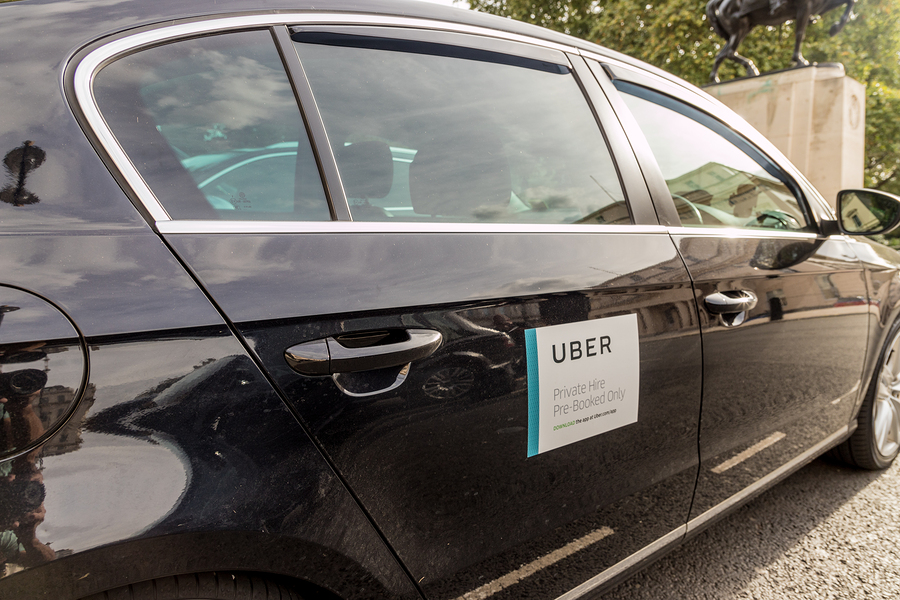
This is a tough adjustment for many people, but a very important one. It is best to stop driving sooner, rather than later, for the safety of yourself and all those around you. Vision loss is unlikely to kill you, unless you get behind the wheel.
The good news is, we’re living in the ride-sharing generation. Order a car and get a driver to take you where you want to go. It’s totally cool, driving is so yesterday.
More about this on OE…
Don’t give up the job because your computer is no longer easy to read. Learn about the many ways the computer will adjust for you.
More about this on OE…
Make Your Computer At Work Easier To Use
Microsoft’s Inclusive Workplace

Mastering a mobile device has the potential to benefit you in many multiple ways. Use accessibility options for communication, banking, news & weather, control smart technology, track fitness, and much, much more. This is one of those learning curves that is totally worth the work.
More about this on OE…
10 Things To Know About iPhone Accessibility
Let iPhone’s VoiceOver Do The Reading
Don’t give up on restaurants because the menus are no longer readable, we’ve got some good options.
Try A New Approach To Reading Restaurant Menus
We’ve got advice for you on business and vacation travel, airport navigation, and getting around your neighborhood on foot.
5 Keys To Comfort For Visually Impaired Travelers
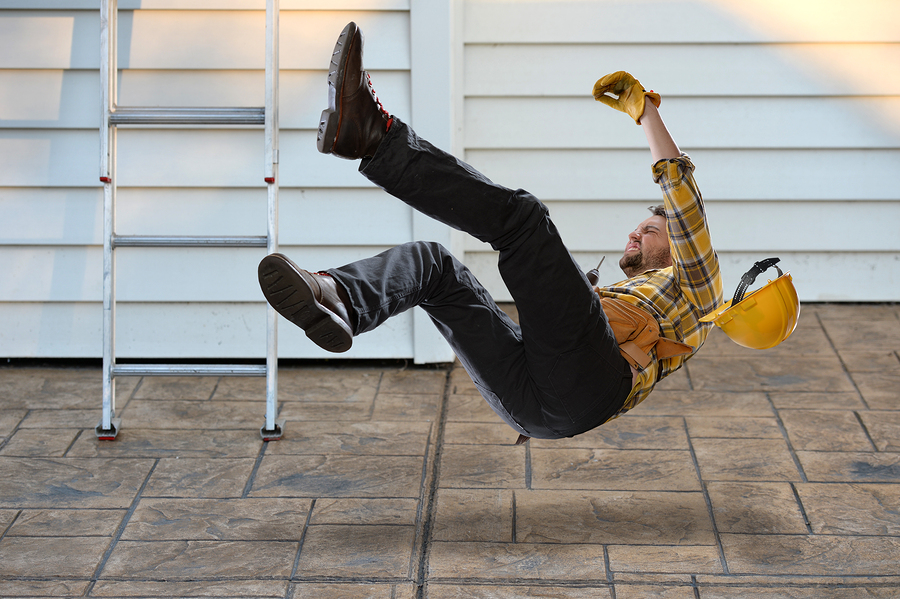
Falling is unpleasant at any age, for older adults it is downright dangerous. Getting up from a fall becomes more difficult with each decade, and we are much slower to recover, both physically and emotionally. There are many contributing factors that increase the risk, vision loss is certainly one of them.
Hindsight is, as they say, 20/20. Succumbing to injury is always regrettable, and in retrospect we often realize, it could have been avoided. With the help of Alice Massa, an experienced Occupational Therapist and low vision expert, we’ve organized a list of guidelines to elevate your awareness about falls prevention and keep you on your feet.
Consult with your ophthalmologist to insure you are maximizing the vision you have. Updating prescriptions and having cataracts removed can help make your surroundings a little more clear and easier to negotiate.
Remaining steady on your feed has a lot to do with good balance. If you are feeling unsteady or faint, sit down immediately to avoid the fall. Regular exercise and strength training is highly recommended. Each day practice standing on 1 leg to improve balance. For more about the Single Leg Stance click here.
Rugs and runners can be treacherous, be sure they are flush to the floor and have non-slip backing. Get rid of rugs or carpet with fraying or curled edges. Repair damaged or uneven flooring.
There should be zero tolerance for clutter on floors. No wires or cords that can catch a foot and take you down. Something as innocent looking as a single sheet of paper can cause a deadly slip. Shoes, particularly dark shoes on a dark floor, can go unnoticed, creating a serious hazard.
Wear well fitting shoes and boots with flat, non-skid soles. If you do not feel secure in a shoe, get rid of it. Walking around the house in socks, or barefoot, is not recommended, broken toes are also extremely painful and debilitating.
Don’t skimp on lighting. Make sure rooms are well lit and light switches are easily accessible. Keep night lights on and a flashlight on hand.
Clean up spills immediately to prevent slips. Keep frequently used items on lower shelves, to minimize the need for step stools.
Make sure your tub has a non-skid surface and grab bars if needed. Keep a light on for travel to and from the bedroom during the night.
Cracked and uneven sidewalks create serious risk. Pay attention and step carefully. Using a cane can help you identify changes in the elevation of walkways and street crossings. Read “Consider The Long White Cane” on OE.
You know, they also say, an ounce of prevention is worth a pound of cure. Take steps today to avoid the fall, and the regret.